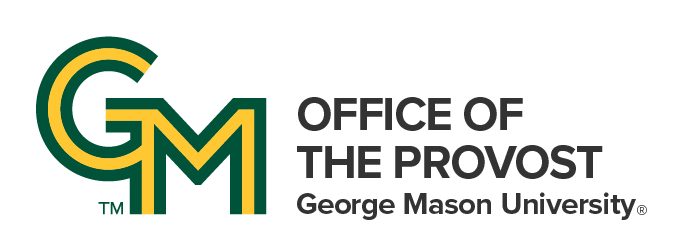Communication Skills and Publication: Graduate Student Resources
Communicating your research to a wide variety of audiences and preparing your research for publication are key elements of graduate student success. These resources can help you successfully develop your writing and communication abilities for academia and industry.
Communication Academy
The Communication Academy is a free, graduate-workshop series that covers topics such as how to apply for conferences, how to network, how to design a research poster, and more!
The Communication Center
The Communication Center provides ways to improve your oral communication skills through one-on-one consultations. It also provides an extensive list of communication resources to help you develop an elevator pitch and enhance your vocal engagement.
The Writing Center
The Writing Center allows you to improve your writing with one-on-one consulting services, various workshops, and helpful guides and tools on writing, citations, and more.
Write-In Days
Sign up for Graduate Student Life’s Write-In Days. These day-long programs will give you group accountability and a space to write with other Mason graduate students who are also serious about getting writing done. Graduate Student Life will provide the space, structure, lunch, and snacks.
Other External Communication and Publishing Resources
-
Academic Publisher Taylor & Francis provides guidance to researchers looking to publish, present, or blog. Check out resources here.
-
The University of California, Riverside published a blog post on 5 Tips on Communication your Research Effectively
-
Using clear communication and plain language to describe your work is not only important, but also part of the NIH mission. Effective communication not only increases the reach of your own work, but it also contributes to better public understanding and helps build trust in science. Learn more at Plain Language at NIH.
George Mason University offers many opportunities for students to practice communicating their research within the Mason community. Check out the recurring annual conferences at Mason to find one that fits your research interests!
